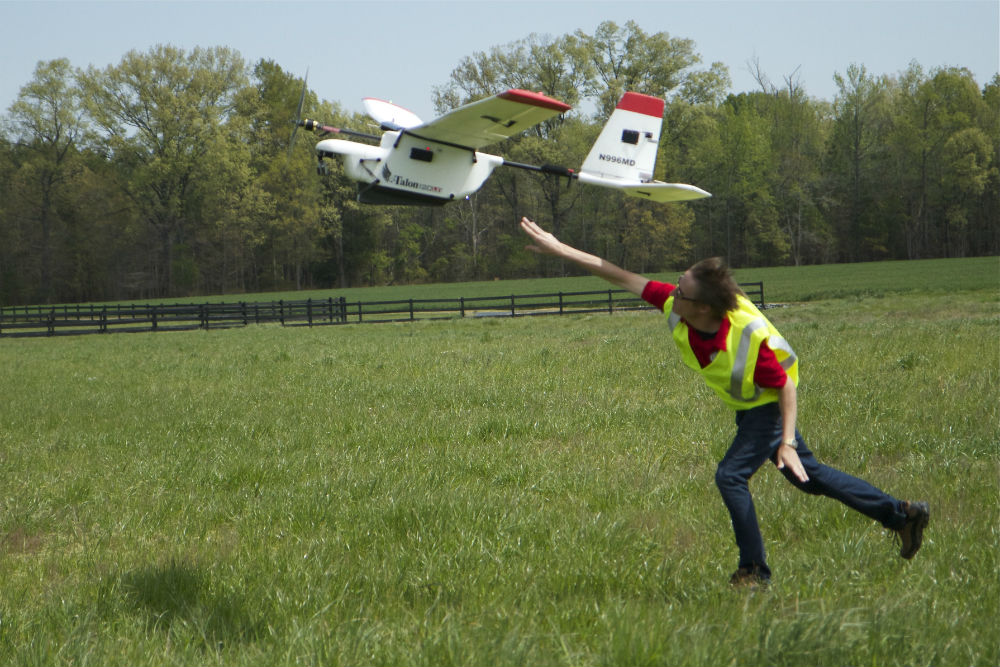
Last week, NASA and the Federal Aviation Administration (FAA) conducted the largest unmanned aircraft systems (UAS) test. The agencies flew 22 drones simultaneously to see how NASA’s Unmanned Aerial Systems traffic management (UTM) research platform works.
Operators outside of NASA were able to interact with the with the newly developed research platform by entering flight plans and planned operations from different locations using various aircraft and software. The research platform was able to check for conflicts, and then approve or reject the flight plans and notify users of constraints.

This set of tests addressed rural unmanned vehicle operations within line-of-site, like the ones that could be used for applications like agriculture, firefighting and power line monitoring.
The mission was declared successful since the minimum of 16 simultaneous operations was achieved. NASA also introduced a series of virtual aircraft into the airspace to enhance the test and provide additional insight for future testing.
“After so much preparation and practice, it was very rewarding to see all test sites have success with weather, platforms and connectivity,” said Tony Basile, director of operations at NUAIR and New York test site manager. “It was additionally rewarding to hear from NASA that today’s efforts were successful on their end as well.”
The UTM platform is still young, though. The UTM project has four different technical capability levels, and become increasingly more complex. Level four focuses on unmanned aerial sysstems that could be used for city areas. NASA is working closely with the FAA and plans to turn over the research completely in 2019 for more testing.
Learn more about the UTM platform here.

Comments are closed, but trackbacks and pingbacks are open.